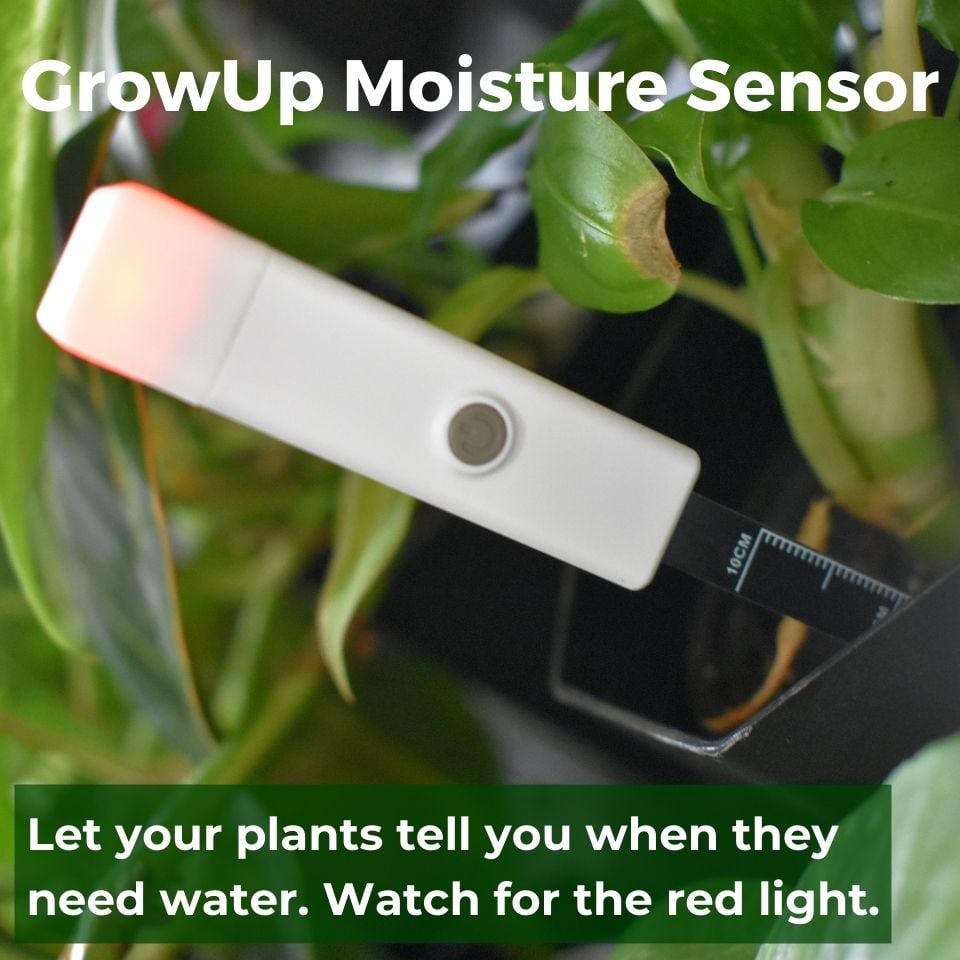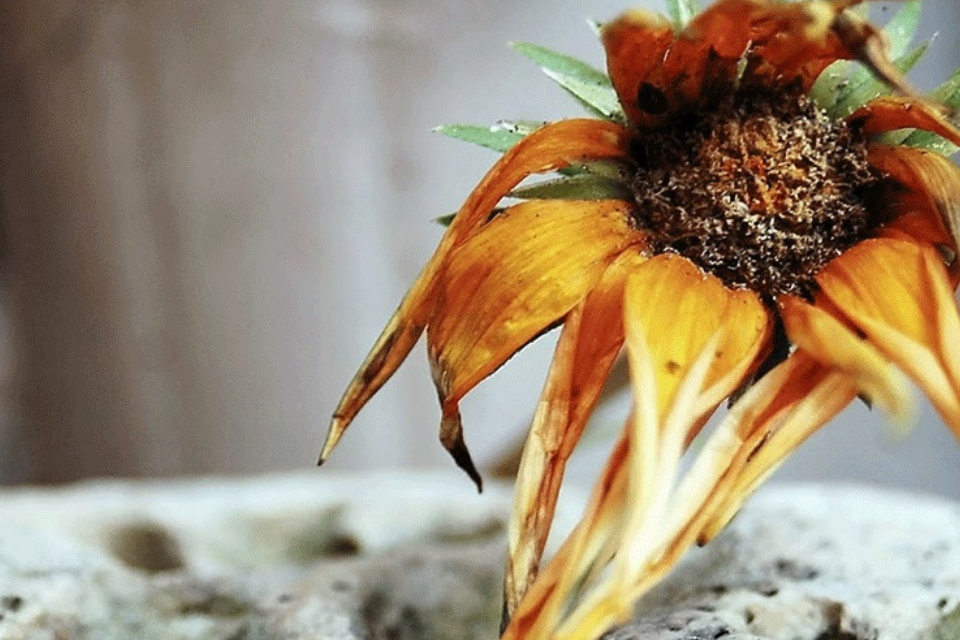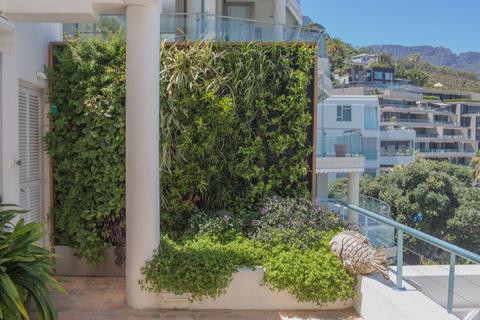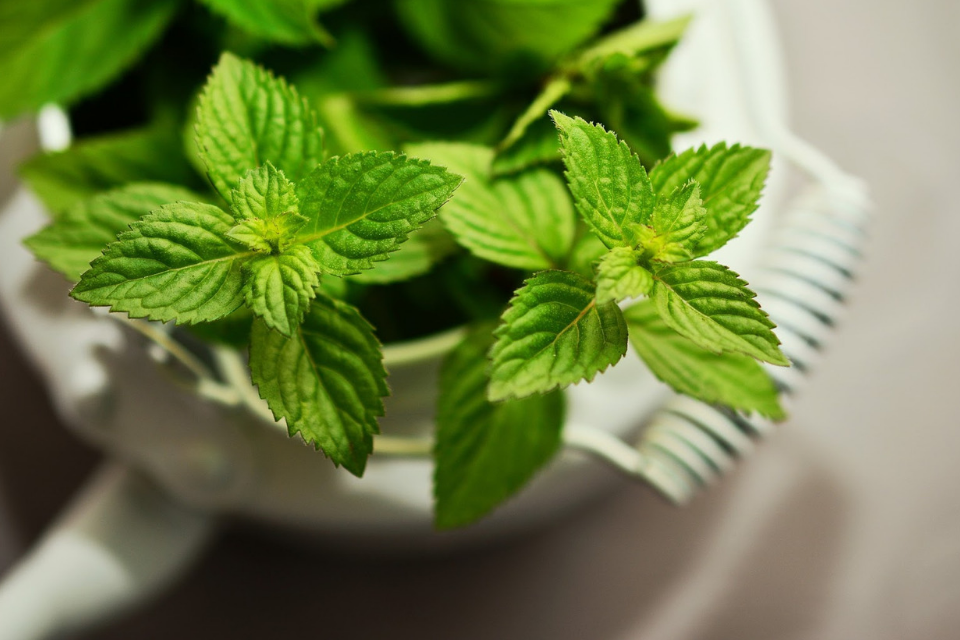Bacterial, viral and fungal diseases (along with the wrong watering patterns and lighting) can wreak havoc on your plants, here’s some signs that your green wall may need some attention.
When you’ve invested time and money into a stunning green wall display, it can be disheartening to see your plants struggling to flourish. Unfortunately things like over or under watering, incorrect lighting and plant diseases are fairly common, but you don’t need to let that put you off a decorative green wall.
The ability to diagnose signs of an underlying problem quickly and accurately can be the difference between keeping your green wall lush and healthy, and having to replace your plants.
1. OVER OR UNDER WATERING
This is probably the number one plant killer. In our efforts to nurture our potted plants, we often get a little heavy handed with the watering schedule. According to the Missouri Botanical Gardens, “Overwatering is one of the more common causes of plant problems. The dying roots decay and cannot supply the plants with nutrients and water. Damage caused by overwatering is frequently misdiagnosed as pest damage.”
The best way to avoid overwatering is to choose a system like GrowUp’s green wall, with irrigation that mimics nature’s “flood” methodology: a sudden deluge of water, with a period to dry off afterwards, instead of constant moisture.
Signs of Overwatering:
- -Leaves wilt and drop off despite the soil being wet
- -Yellowing leaves
- -Leaf scorch, or leaf burn
- -Water soaked spots and blisters (oedema).
- -Soft, mushy stem base or rotting roots
- -Visible fungus or mold forming on top of the soil
- -Unusually foul smell emanating from the soil
The biggest risk you face with potted plants (both indoors and outdoors) is overwatering, however, under watering can be equally dangerous.
Signs of Underwatering:
- -Stunted, slow growth
- -Brown, dry or curling leaf edges
- -Flowering plants fail to produce blossoms
- -Brittle, crisp stems
Read our post on Green wall maintenance mistakes: overwatering vs. underwatering, to find out how to correct the balance of your watering schedule, to avoid harming your plants.
2. INCORRECT LIGHTING CONDITIONS
Apart from water, your plants have a second key requirement for good health: access to the right balance of light. Your plants convert light into energy to help them grow (during a process called photosynthesis) - so too much or too little light will have a major impact on their health.
Signs of not enough light:
- -Your plant’s leaves are falling off.
- -New growth leaves look vastly different from older growth. For example, they’re smaller and less vivid in color.
- -Your plants are growing tall and lanky - visibly reaching for the light.
- -The plant’s leaves curl upward, making a cup shape.
Plants can also suffer from overexposure to light. Here’s some telltale signs that your plants need more shade.
Signs of too much light:
- -Your plants look washed out or faded in colour.
- -The leaves crunch to the touch, and may be falling off.
- -Plants in direct sun wilt around mid-day when they’re receiving the most sunlight.
- -Scorched patches appear on the leaves in brown or black spots.
Need help finding the right lighting solution for your green wall? Read our article, Why proper lighting is critical for decorative green walls, for a comparison of three different lighting options.
3. PESTS AND PLANT DISEASES
ProFlowers created the following handy infographic to help gardeners identify and treat some of the most common plant diseases.
If you spot the early signs of a problem, you can quarantine the affected plants and stop the disease from spreading. The beauty of the GrowUp system is that you can easily remove a single problem pot from your green wall and replace it with a healthy plant. This isn’t the case with all systems, sometimes removing plants can be tricky and replacing them even harder.
Image source: ProFlowers
NATURAL REMEDIES FOR PLANT FUNGUS
If your plants do happen to pick up some sort of fungus or diseases, and you don’t want to spray your crops with harmful, chemical pesticides or fungicides, you could try some of these DIY alternatives.
-
-Companion planting
Companion planting is a great way to deter pests (like aphids and japanese beetles). Having a wide variety of plants in your garden will create a healthy ecosystem, keeping the harmful bugs at bay. Read our post on Organic pest control: the beginner’s companion planting guide, to find out which combinations of plants work well together.
- -Baking soda fungicide
This recipe, from the Natural Gardener, is great for treating black spot or white powdery mildew.Ingredients:
- 4 Level teaspoons or 1 1/3 tablespoons of baking soda
- 1 teaspoon of mild soap (should be biodegradable with no phosphates)
- 1 gallon of waterDirections:
Mix the ingredients well in a spray bottle - keep shaking the mixture to ensure it doesn’t separate. Spray your plants, making sure that you coat all leaves properly (until the liquid begins to run off). Spray the both sides of the affected leaves, and spray all of the shoots and new leaves, even if they don’t have the fungus.
- -Apple cider vinegar
Mixing a tablespoon of apple cider vinegar with a gallon of water inside a spray bottle is also an effective fungal remedy. Again, make sure you spray your plants thoroughly - covering both sides of all the leaves and stems.
- -Milk
Believe it or not, milk can be used to balance the pH levels of your plants’ leaves. This is a great remedy for all sorts of mildews, as well as things like mosaic disease (which commonly affects tomatoes, lettuce and cucumbers).Mix one part milk with nine parts water in a spray bottle, and spray your affected plants thoroughly every three days. You can continue spraying your plants once a week after the fungus has cleared up, as a preventative measure.
- -Corn meal or cinnamon
You can mix corn meal or cinnamon into your soil, or add it as a top dressing to your pots to deter fungus from forming in the first place. - -Crushed eggshells
Adding crushed eggshells to your pots will deter slugs and snails. Any products high in calcium carbonate will work - but eggshells have the additional benefit of sharp edges.
Just like any living creature, plants are prone to disease. However, armed with the right knowledge and understanding of how to identify and treat these ailments, even beginners can enjoy a lush, healthy green wall.
Want to learn more about maintaining a healthy green wall? Contact us for a consultation.







